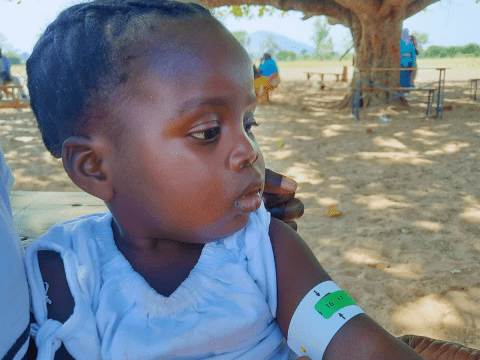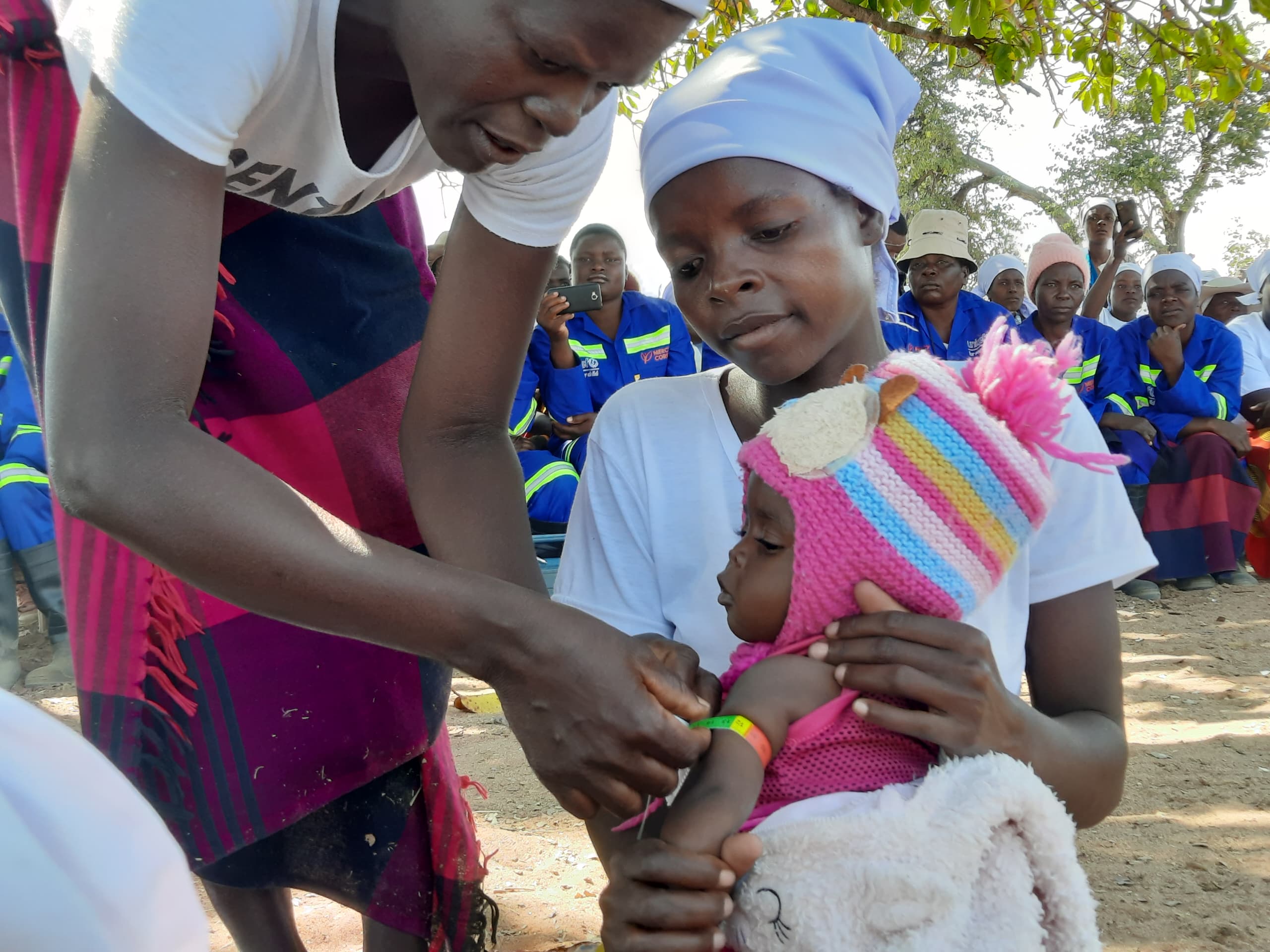World Vision Zimbabwe Combats Malnutrition and Child Wasting Amid El-Nino Drought

By Isheunesu Gwasha (Health and Nutrition Communications Officer)
In Buhera District, Zimbabwe, World Vision Zimbabwe, funded by United Nations Children’s Funds (UNICEF) and the UN Central Emergency Response Fund (UN CERF), is leading effort to combat malnutrition and child wasting during the El Nino induced drought. This project, "Increased Prevention, Early Identification, and Surveillance for Wasting," is transforming lives by training health workers, Village Health Workers (VHWs), and Care Groups on the Integrated Management of Acute Malnutrition (IMAM).
At Betera health Facility, Sister Locadia Muduwa, Sister in Charge, explains how the IMAM trainings have revolutionized child malnutrition treatment.
“Before this training, we could only detect malnutrition at advanced stages, making recovery more difficult. Now, we are identifying wasting early, and our treatment success rate has improved significantly,” she says. Since receiving training, Sister Locadia and her team have screened over 6,000 children for acute malnutrition, saving hundreds of lives.
IMAM trainings have equipped health workers like Locadia with the necessary skills to assess, diagnose, and treat acute malnutrition. Additionally, the collaboration with VHWs, who are the frontline responders has strengthened the fight against malnutrition. VHW Jane Sithole, 50, notes, “We have become more confident in identifying malnutrition cases early, referring them for treatment, and offering follow-up care in the community. We are saving lives.”

VHWs and Care Groups have extended the project’s reach. VHWs, trained in IMAM, visit households to provide nutrition education and identify early signs of malnutrition.
Mothers are empowered with knowledge about proper infant and young child feeding practices through care groups. Tinotenda Katsumbe, 21, a mother of one in Buhera, recalls how the care group sessions helped her save her daughter from malnutrition.
“I did not realize my daughter was malnourished until a Village Health Workers visited. She taught me about the signs of malnutrition and helped me understand the right foods to give my child,” says Tinotenda.
Lead fathers like Cherechedzai Ndega are also making a difference. Cherechedzai leads a care group of fathers, raising awareness about good nutrition and the importance of early malnutrition detection. “Traditionally, we left these issues to women, but now I see the role fathers can play. I encourage other men to be involved in the health and nutrition of their children,” he says.
In just eight months, this project has trained over 576 VHWs and empowered 75 care groups in Buhera District. The project has enabled the screening of thousands of children under five, significantly reducing child wasting rates even during the drought. By strengthening community-based surveillance, the project ensures that malnourished children are identified and treated early, drastically improving recovery rates.
Susan Tsvangirai (51), a mother in the district, praises the initiative saying, “I owe my grandchild’s life to this program. Without the quick action of the Village Health Workers and the help I received from the health center, I don’t know what would have happened to my grandson.”
Through this integrated approach, World Vision Zimbabwe, in partnership with UNICEF and UN CERF, is not only fighting malnutrition but also building resilience in Buhera’s communities. The empowerment of health workers, VHWs, and care groups ensures that children like Tinotenda’s daughter and Susan’s grandson have a fighting chance against the devastating effects of the El-Nino-induced drought.